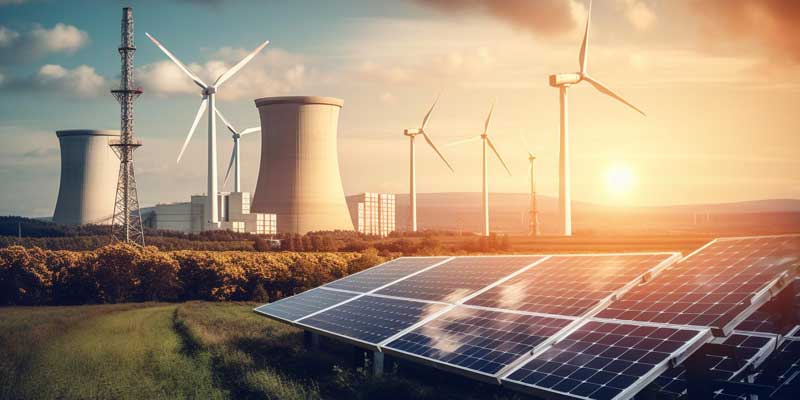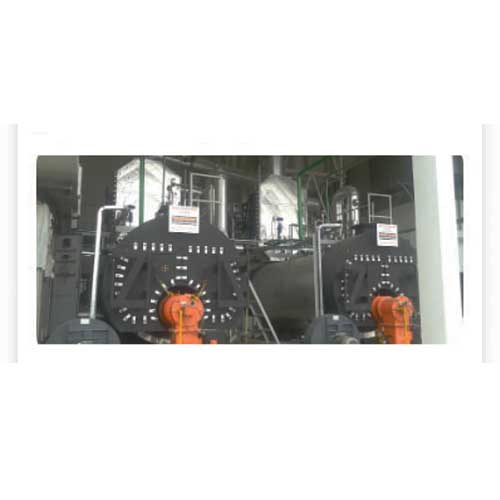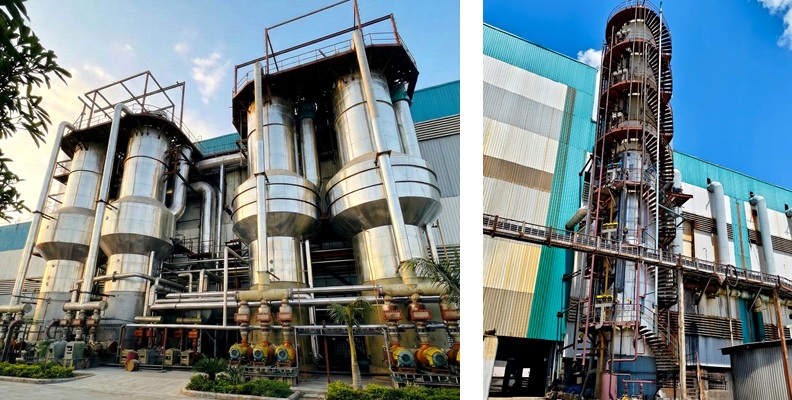Schedule a Call Back
India, guiding the world’s way to green transition
 Articles
Articles- Sep 30,23

- National Green Hydrogen Mission with an outlay of Rs 19,744 crore from FY 2023-24 to FY 2029-30.
- 50 Solar Parks with aggregate capacity of 37,990 MW in 12 States across the country.
- Construction and development of Dibang Hydro Power Project, Dibang Valley, Arunachal Pradesh for $4.15 billion.
- British International Investment (BII) investment plan for $1 billion in Indian climate-related projects by 2026
Related Stories

Vibrant Kutch Programme Secures Rs 85bn in MSME MoUs
District event boosts investment and growth in Gujarat’s Kutch
Read more
Toyota Kirloskar Motor and NISE partner to advance India’s green hydrogen goals
The partnership represents a critical convergence of industry, research, and national policy to accelerate India’s transition toward a clean, secure, and hydrogen-based energy ecosystem.
Read more
Waaree Energies Sets India First With 1 GW Solar Module Output in a Month
Waaree Energies has become the first Indian solar manufacturer to produce over 1 GW of modules in a single month, marking a major milestone for India’s renewable energy manufacturing sector.
Read moreRelated Products

Power Conversion Systems
POM Systems & Services Pvt Ltd offers a wide range of
PCS power conversion systems energy storage.

Hot Water Generators
Transparent Energy Systems Private Limited offers a wide range of Hot water generators - Aquawarm Superplus.

Scrap Baling Press
Fluid Power Machines offers hydraulic scrap baling press. Read more















